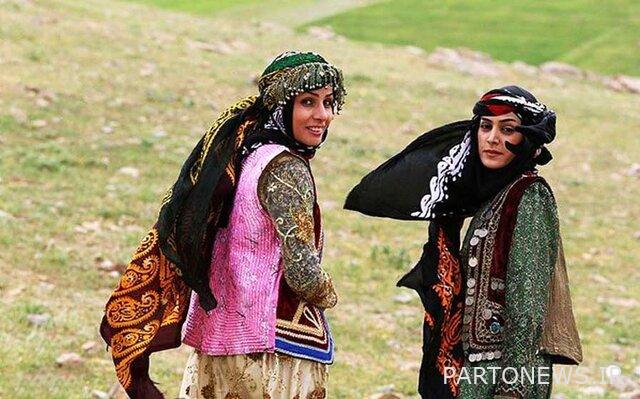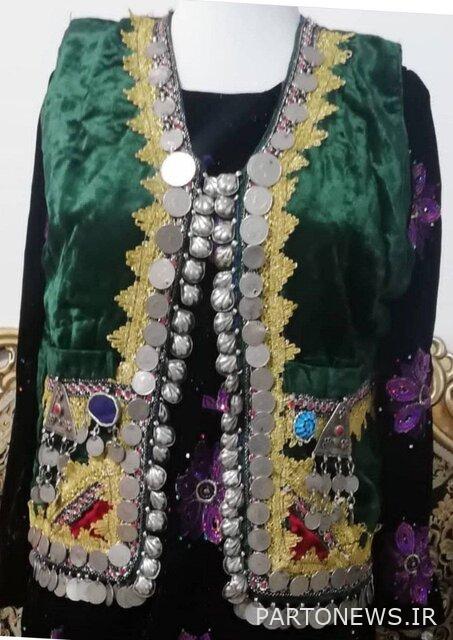
“Sukhmeh” is the upper garment of Elamite women, which few people use these days, except for older women, that too in nomadic areas. Therefore, this type of clothing, which was in danger of being forgotten, has been registered in the country’s intangible heritage list so that it may be preserved.
Sajjad Nazari, an expert in the registration of intangible works of the Department of Cultural Heritage, Tourism and Handicrafts of Ilam province, said about the age of the traditional upper garment of this province: the age of the local Kurdish sakhma goes back many years. In fact, the people of Kurdistan, who are one of the most noble people of the Middle East and Iran, have preserved the local dress of Kurdistan for many years, and little changes have been made in the appearance of Kurdish local dress. Today, the local costume of Kurdistan represents a significant part of the culture and identity of the people of Kurdistan.
He added: The first existing designs of Kurdish clothes go back to the Safavid period. To find documentation of the oldest Kurdish clothes, we can refer to the carvings at the entrance of the Apadana Palace and the pictures of Kurdish people wearing traditional Kurdish clothes. From the Qajar period onwards, the high variety of fabrics caused the further development of traditional Kurdish clothes and over time added to the beauty of Kurdish women’s clothes. Today’s Kurdish clothes, although they do not differ much in shape and structure from the old traditional examples, but they have become much more diverse in the decorations and designs of the fabrics.
Also, Zahra Atashbar, a fashion and clothing researcher who has researched this type of clothing in Ilam province and helped prepare its registration file, explained about this top: “Sukhmeh” is a type of vest that Ilam women wore in the past and it is a dress from Velvet, which is usually made of cotton fabric on the back of the dress. This dress is sleeveless and lining is used for its durability and for better stability of this bodysuit, which is both a decorative cover and a warm garment.
He added: In the old days, silver and gold coins and pearls, which were made around it with silver and other alloys, were used to decorate Sakhmeh. They also used gold fittings and patterned strips to decorate it. Shell-shaped pendants, which were usually silver, were sewn around the “Sukhmeh”. The color of the velvet of this dress was usually red and green, and as the women got older, they used a darker color, for example black, and most of the girls wore red sakhmehs.
Atashbar also said: Two relatively large and square pockets are sewn on the sukhme, and on the pockets they used pendants and coins, which are old money (Kuroosh) and Shahi or Rial. The special order used in sewing these coins has increased the beauty of this dress. The richer and more wealthy they were, the more coins they sewed on it. Two more pockets were sewn inside the chest and on the chest and bottom. In the past, brides used to hang gift coins on their rings.

This researcher said: Today, this cover is less used, except in nomadic areas or in ceremonies, for this reason, this cover is in danger of being forgotten. Nevertheless, its sewing skill was registered in November 1401 and numbered 2703 in the list of intangible works of the country to try to preserve it.

